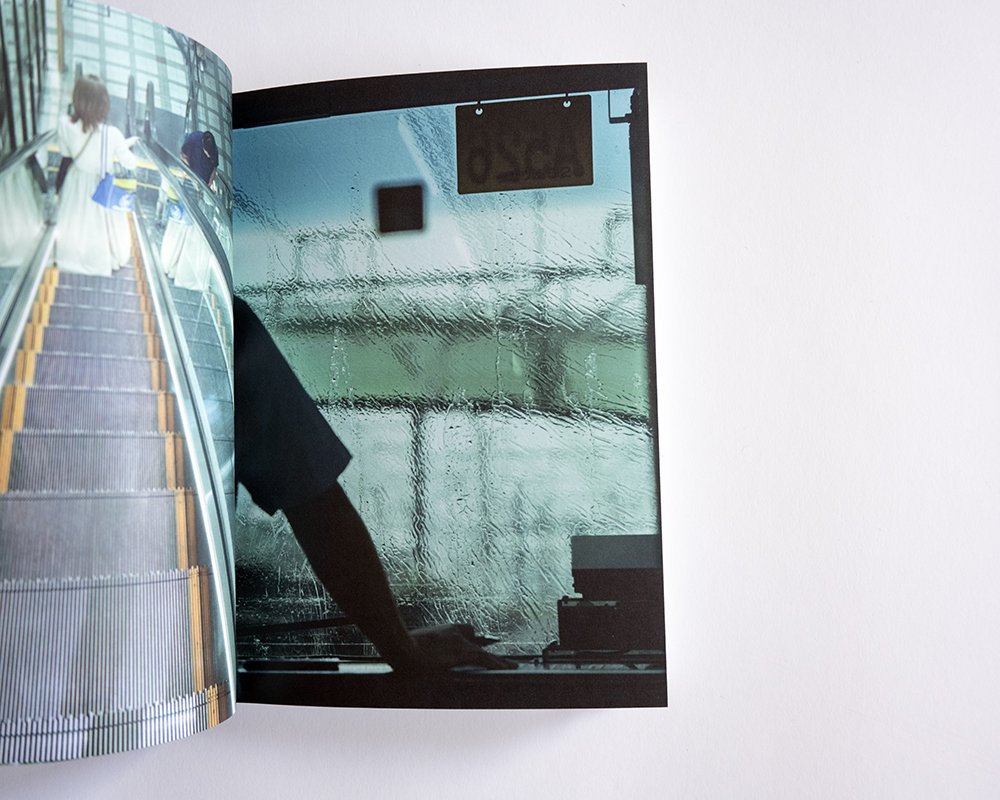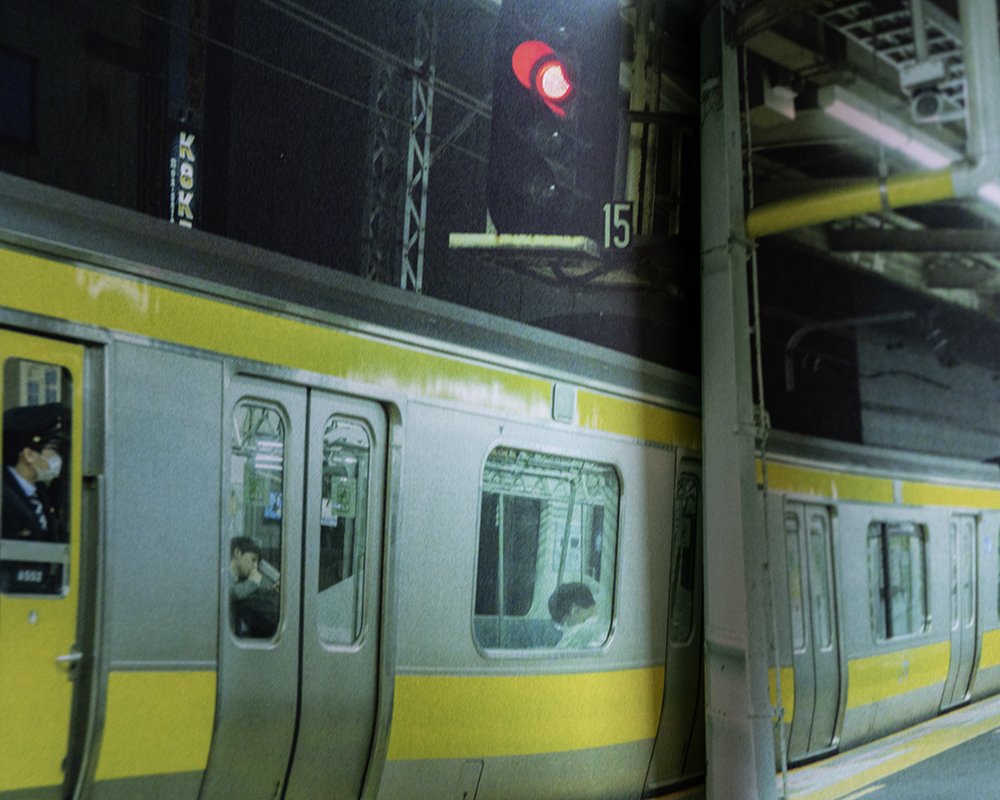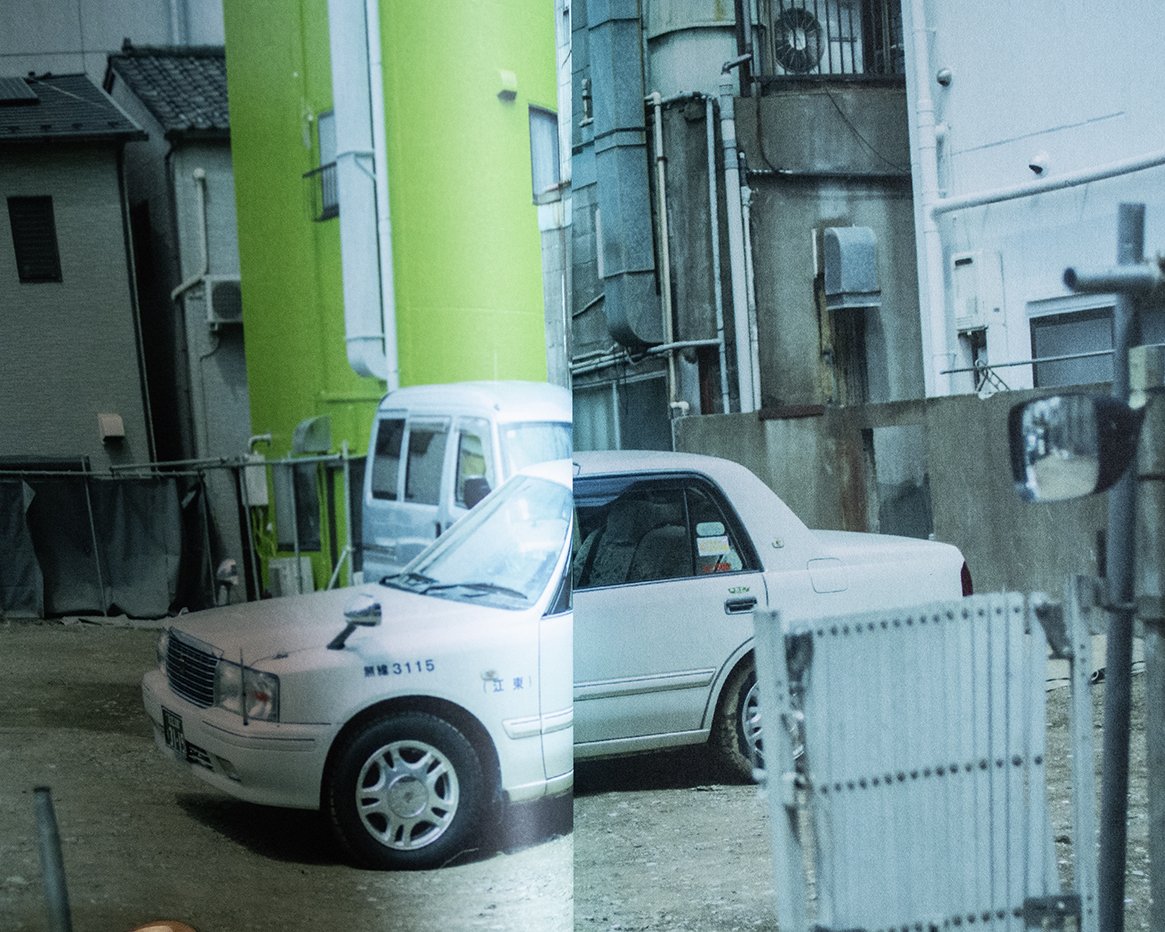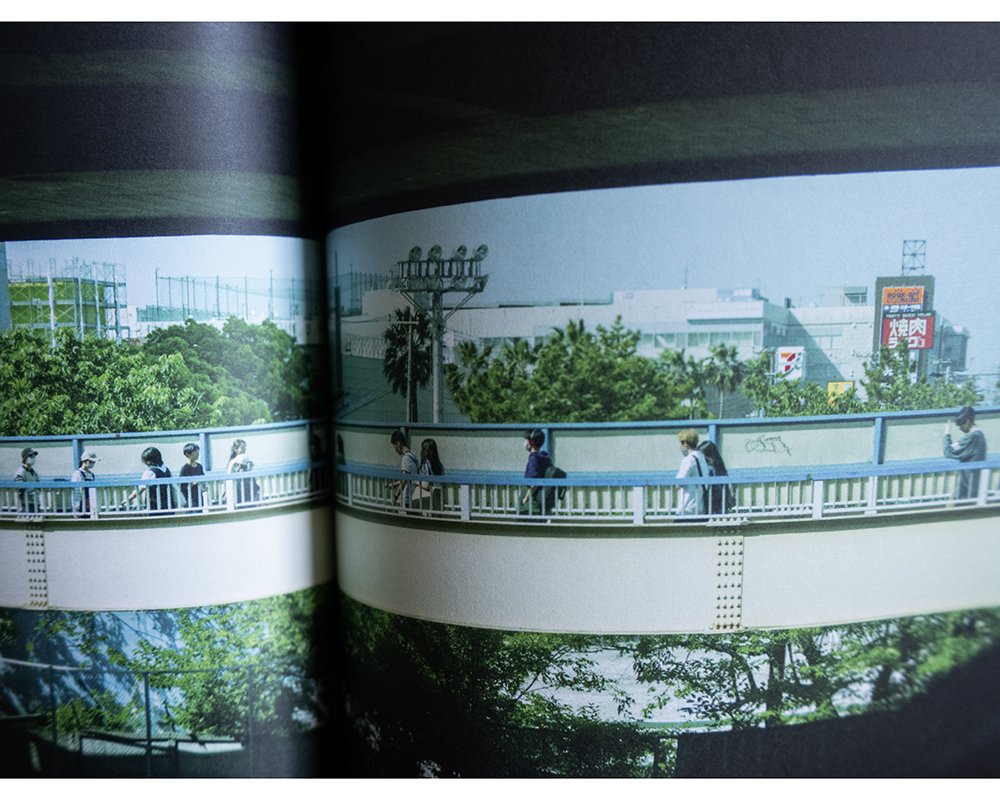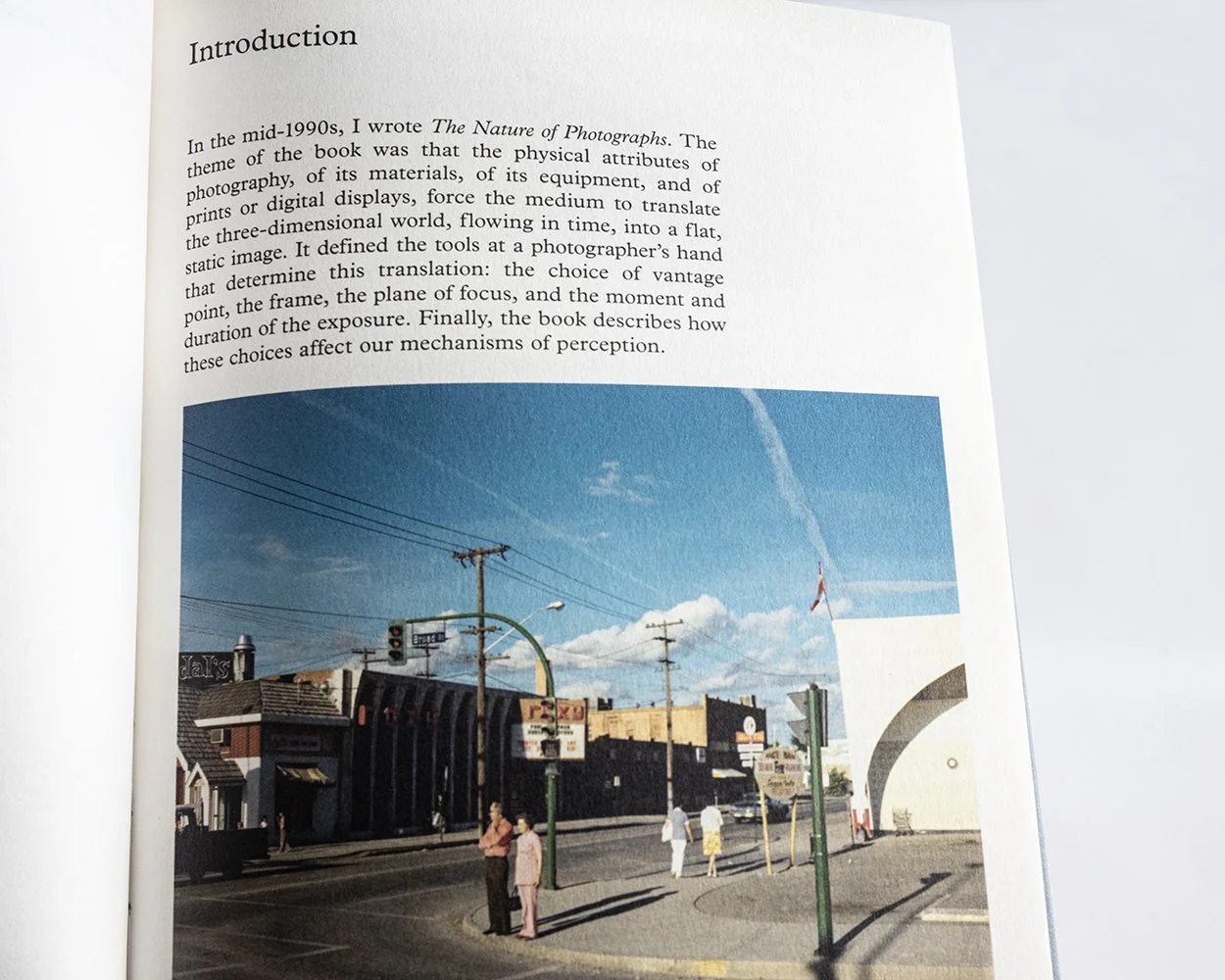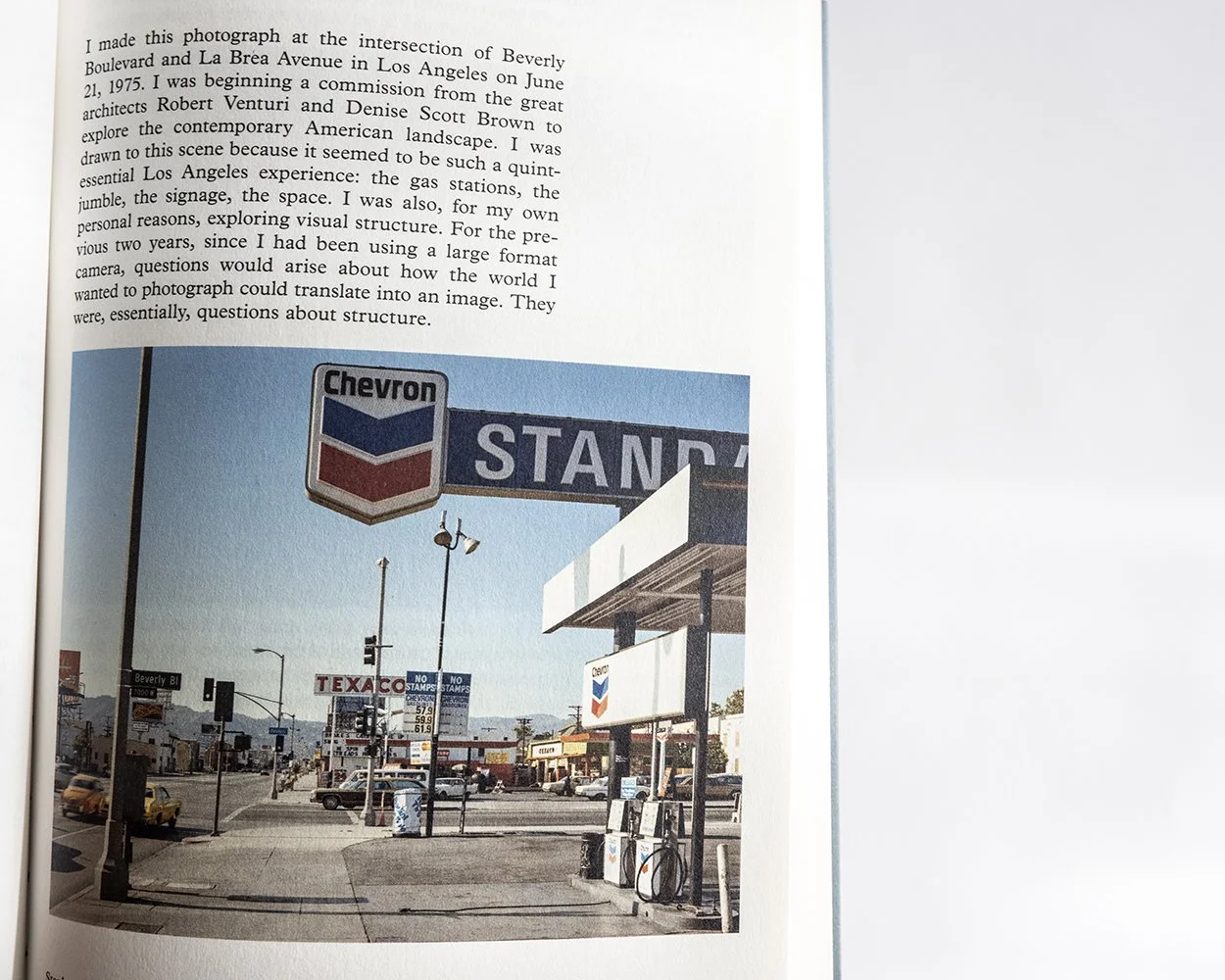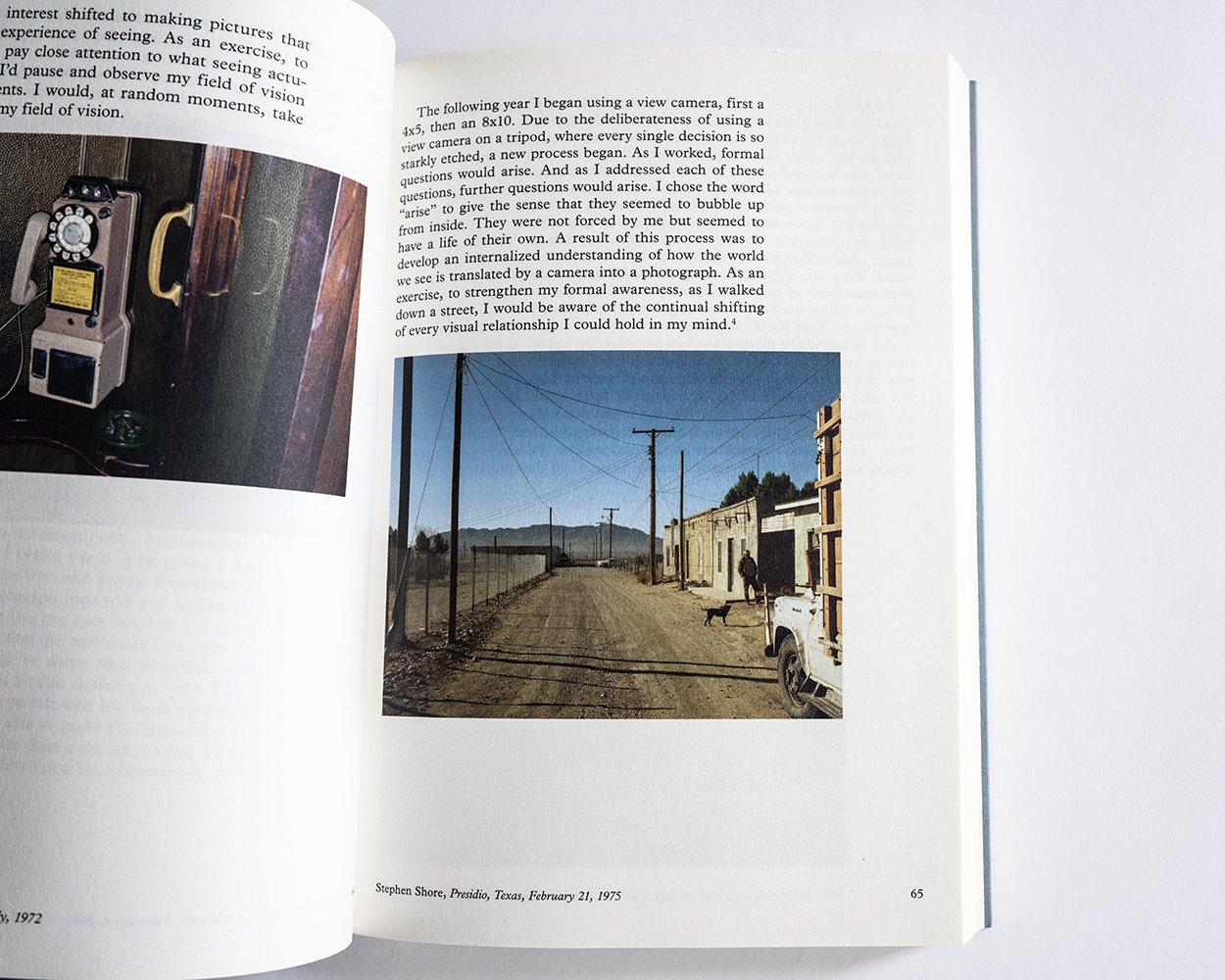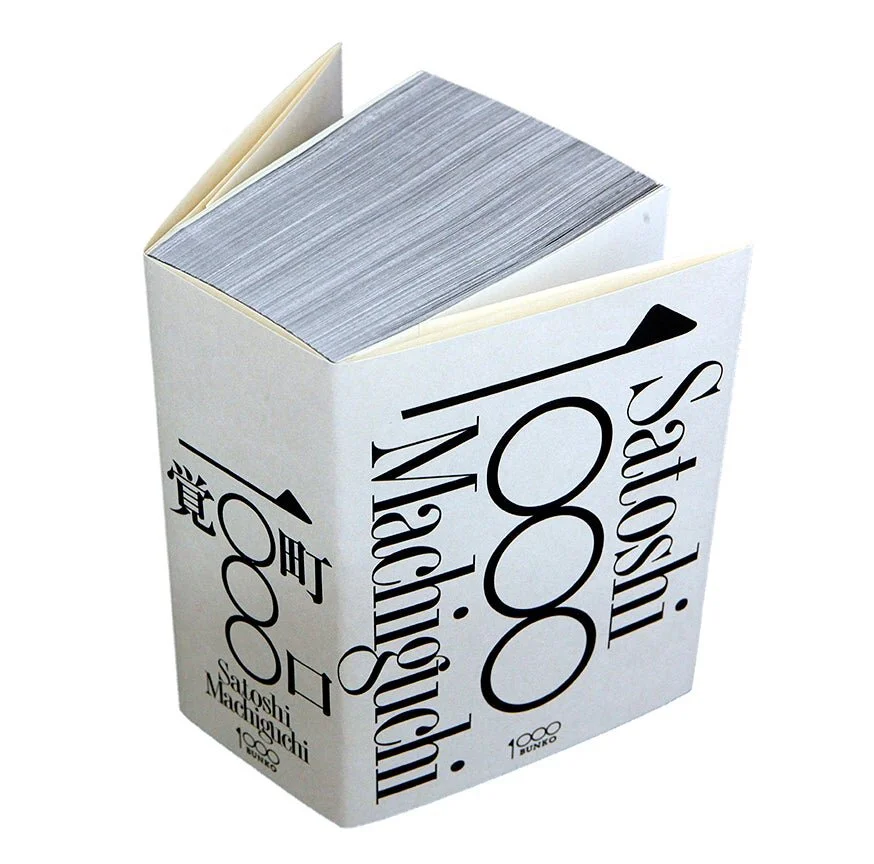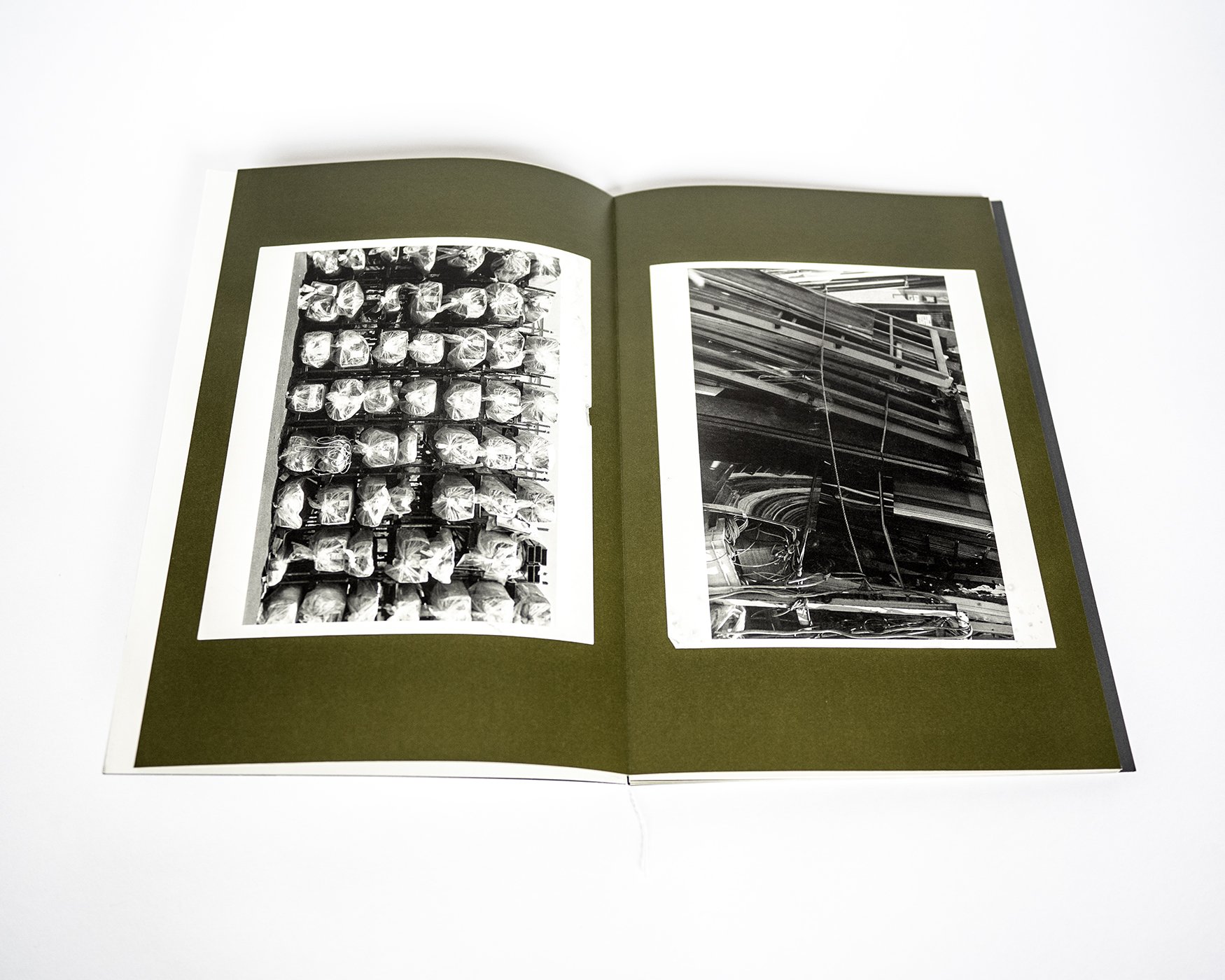 Image 1 of 8
Image 1 of 8

 Image 2 of 8
Image 2 of 8

 Image 3 of 8
Image 3 of 8

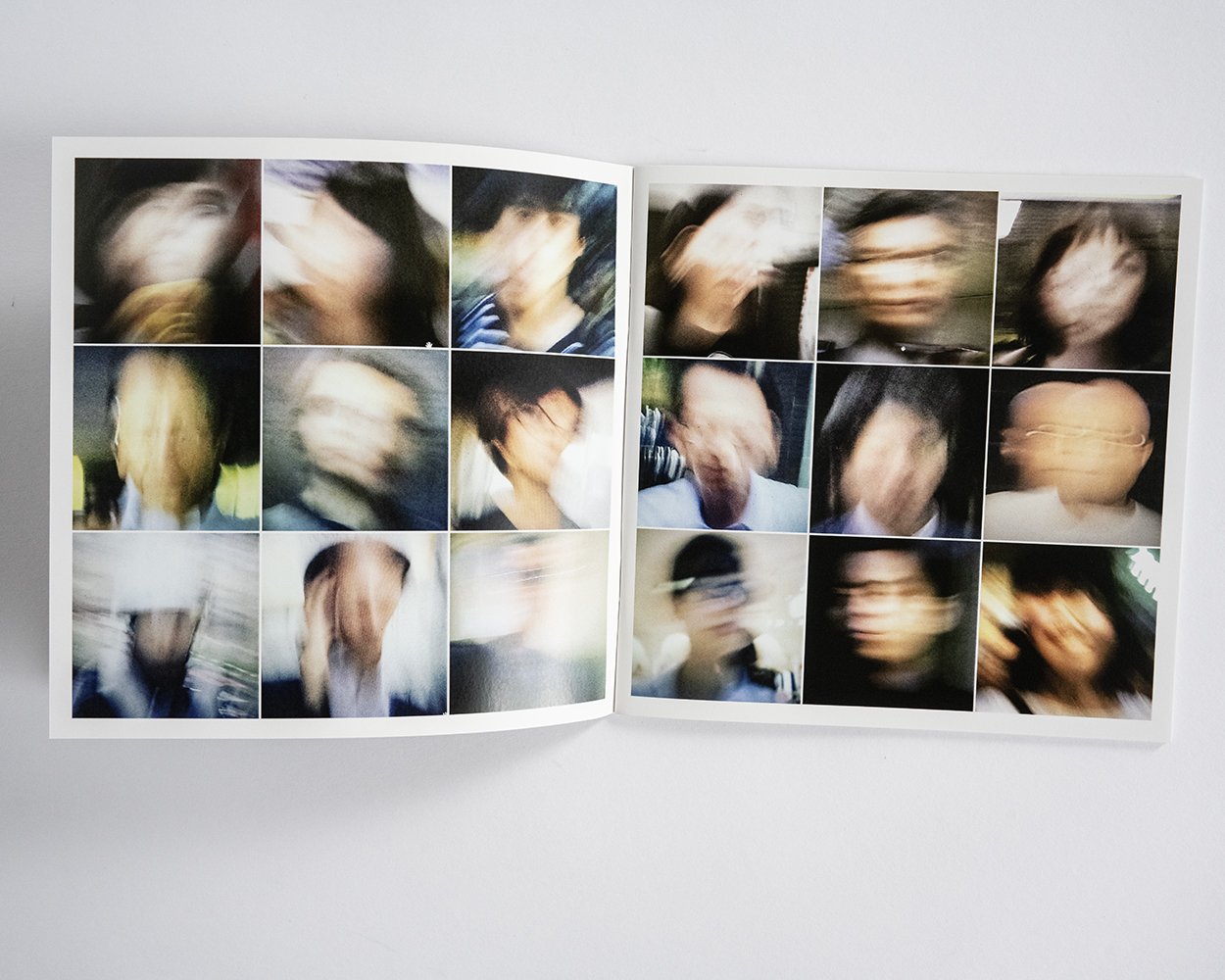 Image 4 of 8
Image 4 of 8

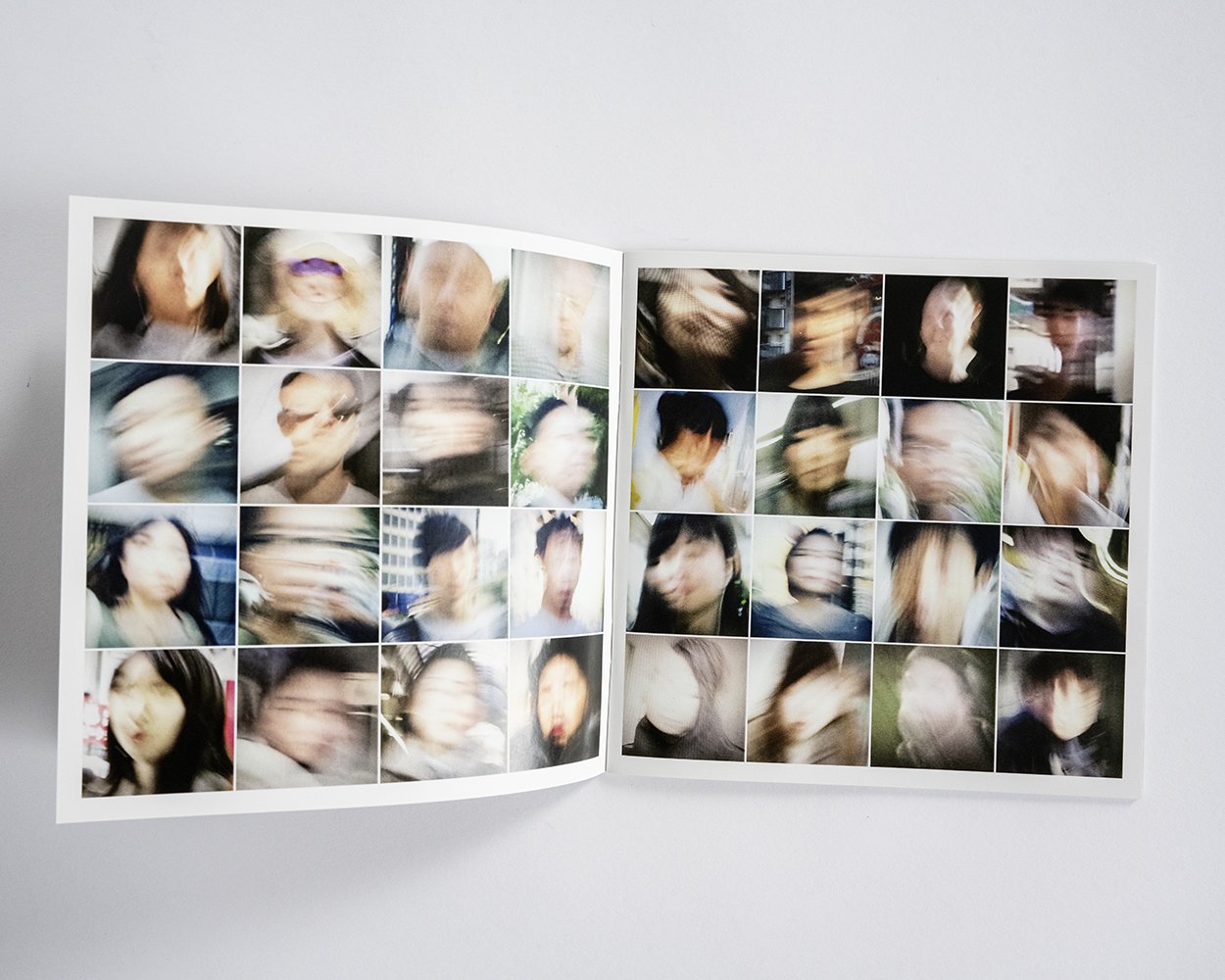 Image 5 of 8
Image 5 of 8

 Image 6 of 8
Image 6 of 8

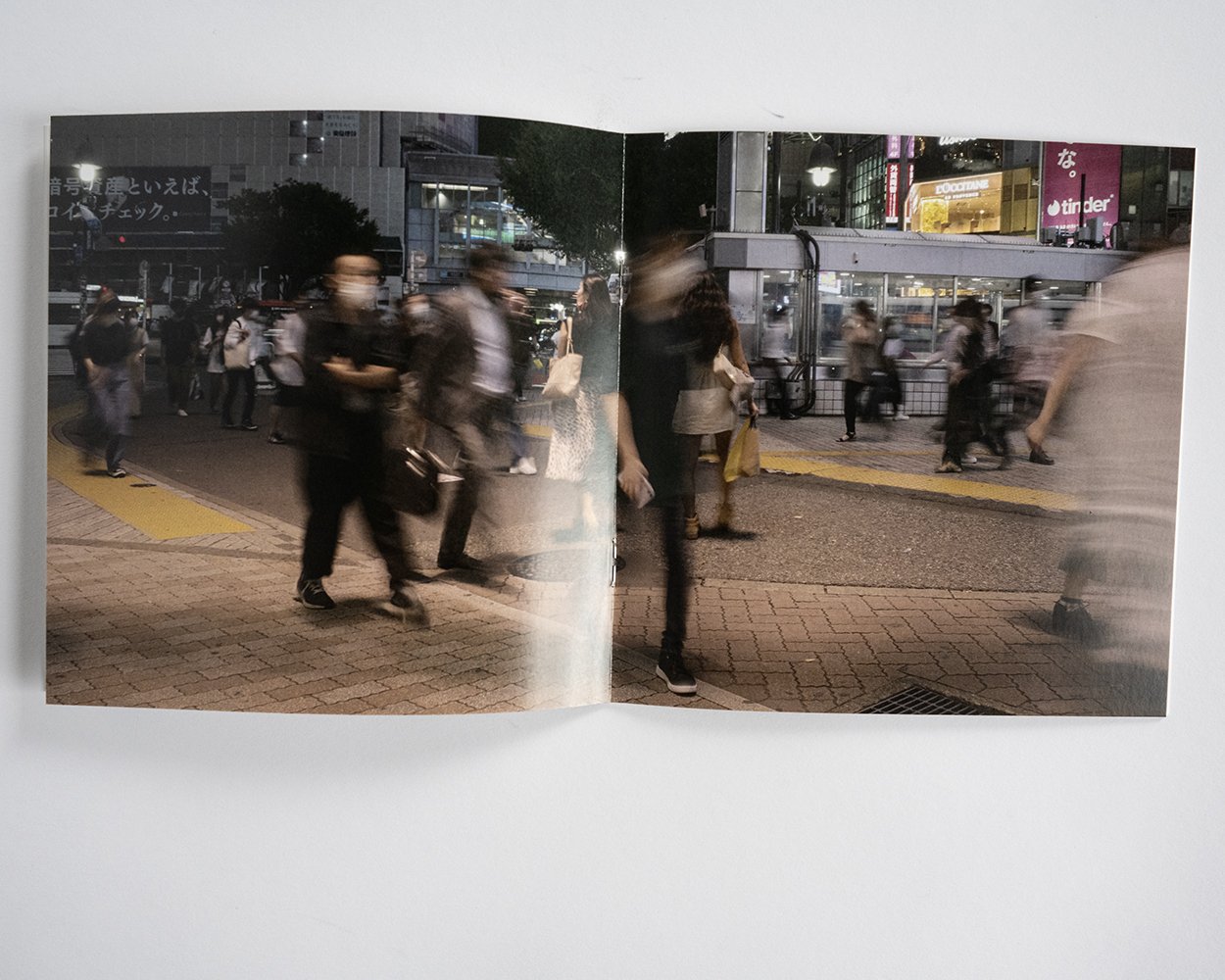 Image 7 of 8
Image 7 of 8

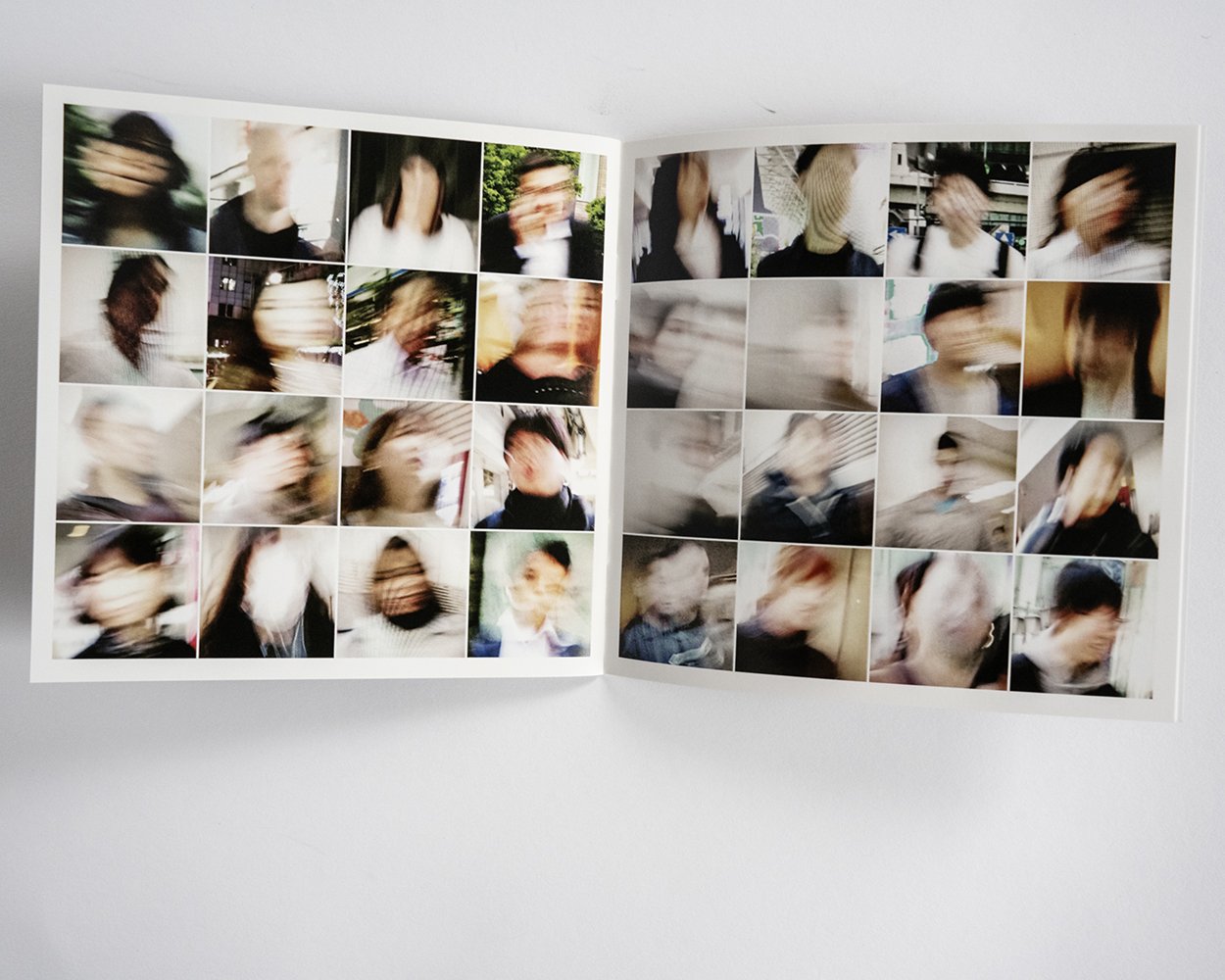 Image 8 of 8
Image 8 of 8









Someone's Watching Me by Kenji Takazawa (Signed)
Someone's Watching Me by Kenji Takazawa (Signed)
Published by TRIPLET, Tokyo, 2021.
Design: Naoko Shiba
Size 5.75 x 5.75 inches
Color 30 pages
Artist’s Statement
The title "Someone's Watching Me" (1978) is taken from an early work by the American film director John Carpenter. Known in Japan as Invisible Threat, this suspense film follows a woman living alone who is stalked by an unknown assailant. The perpetrator spies on her private life through a telephoto lens and occasionally asserts his presence, terrifying her. The woman works for a television station and is typically on the side of "seeing/showing" the world. However, she experiences the fear of "being watched" due to the telephoto lens, a symbol of the advancement of visual technology and a representation of the desire to "see."
By its nature, photography divides people into the "watchers" and the "watched." The discomfort of finding oneself captured in a street photograph likely arises from the anger of being one-sidedly made into the "watched."
Moreover, in today’s world, where photos and videos are easily shared on social media, more people are becoming anxious about having their "faces" photographed. A "face" is personal information, and appearing in a photograph could result in some disadvantages.
This raises the question: to what extent does a "face" need to be abstracted to distance it from personal information?
"Someone's Watching Me" is a work that extracts the faces of passersby from photographs taken on the street. The urban landscape is captured with a slow shutter speed of around 1/6 to 1/15 of a second. The faces of passersby are then enlarged on a computer monitor and photographed with a smartphone. The resulting images are uploaded to Instagram (https://www.instagram.com/kenji_takazawa/).
While it is evident that these photos depict human faces, it is unlikely they could be used to identify individuals. These images do not violate portrait rights, even if posted on social media. However, since the camera captures reality, each image does indeed contain a specific "face." These people exist in reality.
Takazawa Kenji, who works as a photo explorer, photo critic, interviewer, lecturer, and IG Photo Gallery director in Tokyo, Japan, has also been showcasing his own works. His motivation is to explore the questions surrounding photography. His piece, "Someone's Watching Me," reflects on the evolution of street photography—a genre with a long history—in the context of changing times and contemplates the fate of the "faces" seen on the streets.
Someone's Watching Me by Kenji Takazawa (Signed)
Published by TRIPLET, Tokyo, 2021.
Design: Naoko Shiba
Size 5.75 x 5.75 inches
Color 30 pages
Artist’s Statement
The title "Someone's Watching Me" (1978) is taken from an early work by the American film director John Carpenter. Known in Japan as Invisible Threat, this suspense film follows a woman living alone who is stalked by an unknown assailant. The perpetrator spies on her private life through a telephoto lens and occasionally asserts his presence, terrifying her. The woman works for a television station and is typically on the side of "seeing/showing" the world. However, she experiences the fear of "being watched" due to the telephoto lens, a symbol of the advancement of visual technology and a representation of the desire to "see."
By its nature, photography divides people into the "watchers" and the "watched." The discomfort of finding oneself captured in a street photograph likely arises from the anger of being one-sidedly made into the "watched."
Moreover, in today’s world, where photos and videos are easily shared on social media, more people are becoming anxious about having their "faces" photographed. A "face" is personal information, and appearing in a photograph could result in some disadvantages.
This raises the question: to what extent does a "face" need to be abstracted to distance it from personal information?
"Someone's Watching Me" is a work that extracts the faces of passersby from photographs taken on the street. The urban landscape is captured with a slow shutter speed of around 1/6 to 1/15 of a second. The faces of passersby are then enlarged on a computer monitor and photographed with a smartphone. The resulting images are uploaded to Instagram (https://www.instagram.com/kenji_takazawa/).
While it is evident that these photos depict human faces, it is unlikely they could be used to identify individuals. These images do not violate portrait rights, even if posted on social media. However, since the camera captures reality, each image does indeed contain a specific "face." These people exist in reality.
Takazawa Kenji, who works as a photo explorer, photo critic, interviewer, lecturer, and IG Photo Gallery director in Tokyo, Japan, has also been showcasing his own works. His motivation is to explore the questions surrounding photography. His piece, "Someone's Watching Me," reflects on the evolution of street photography—a genre with a long history—in the context of changing times and contemplates the fate of the "faces" seen on the streets.




